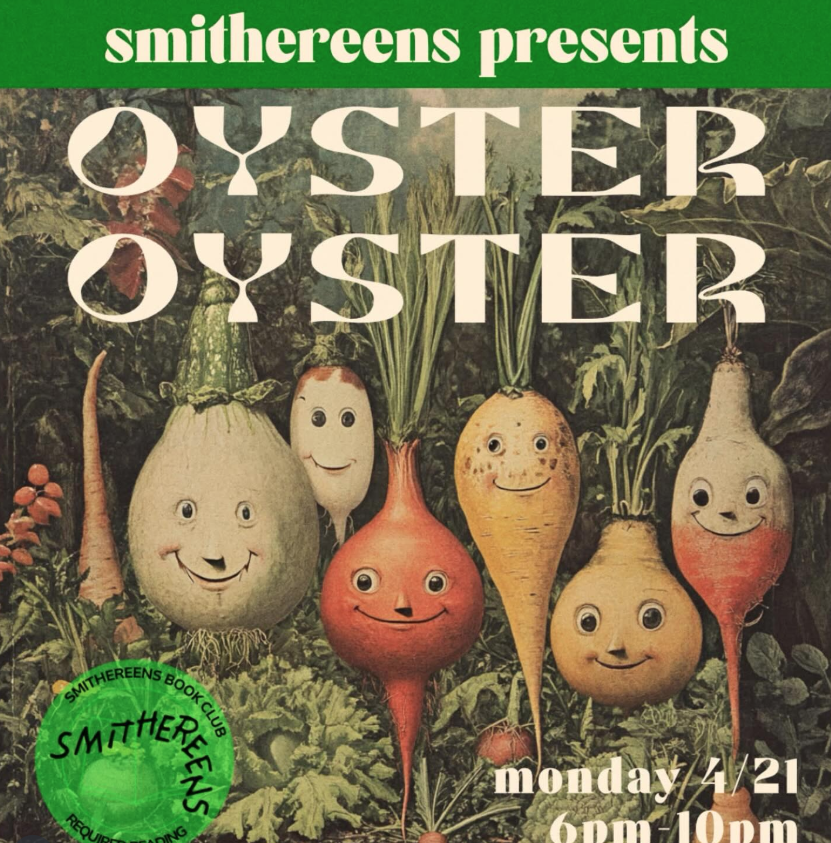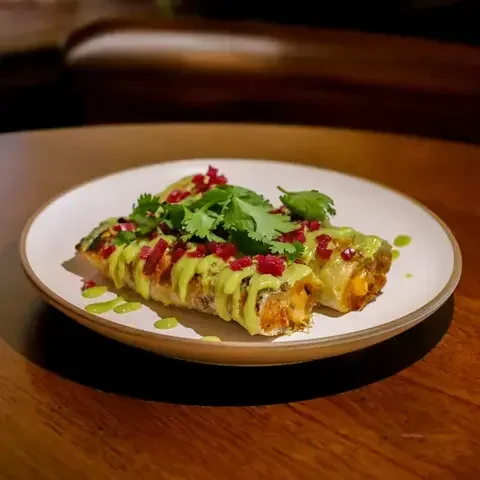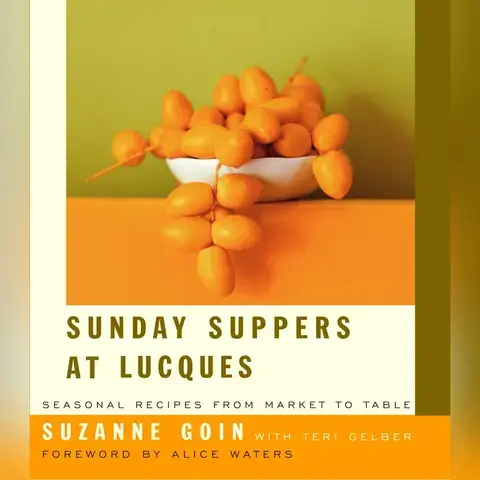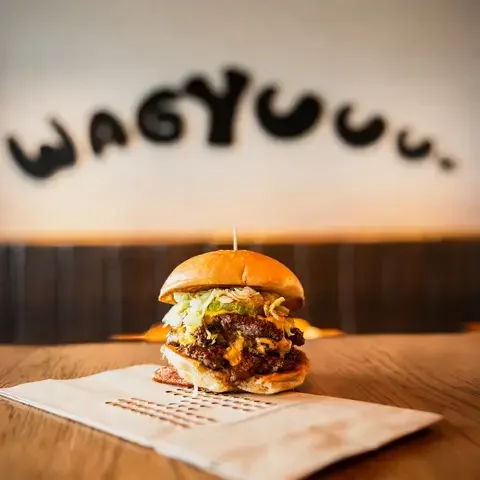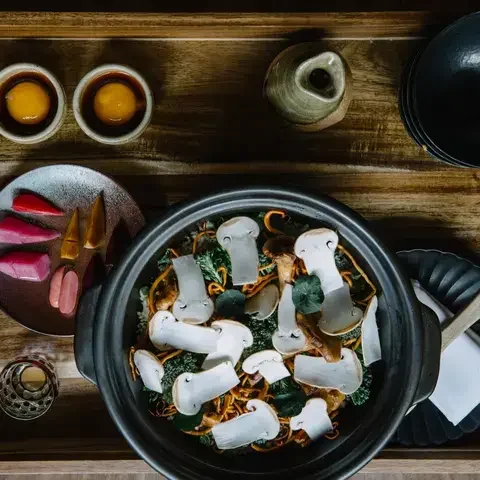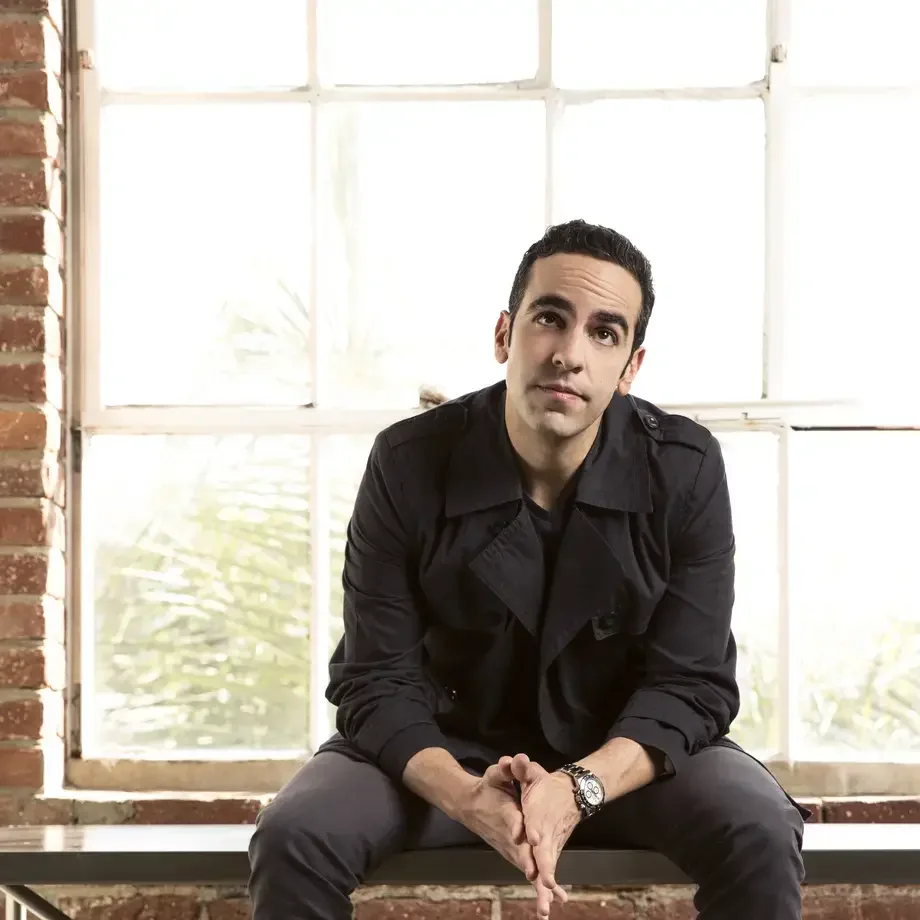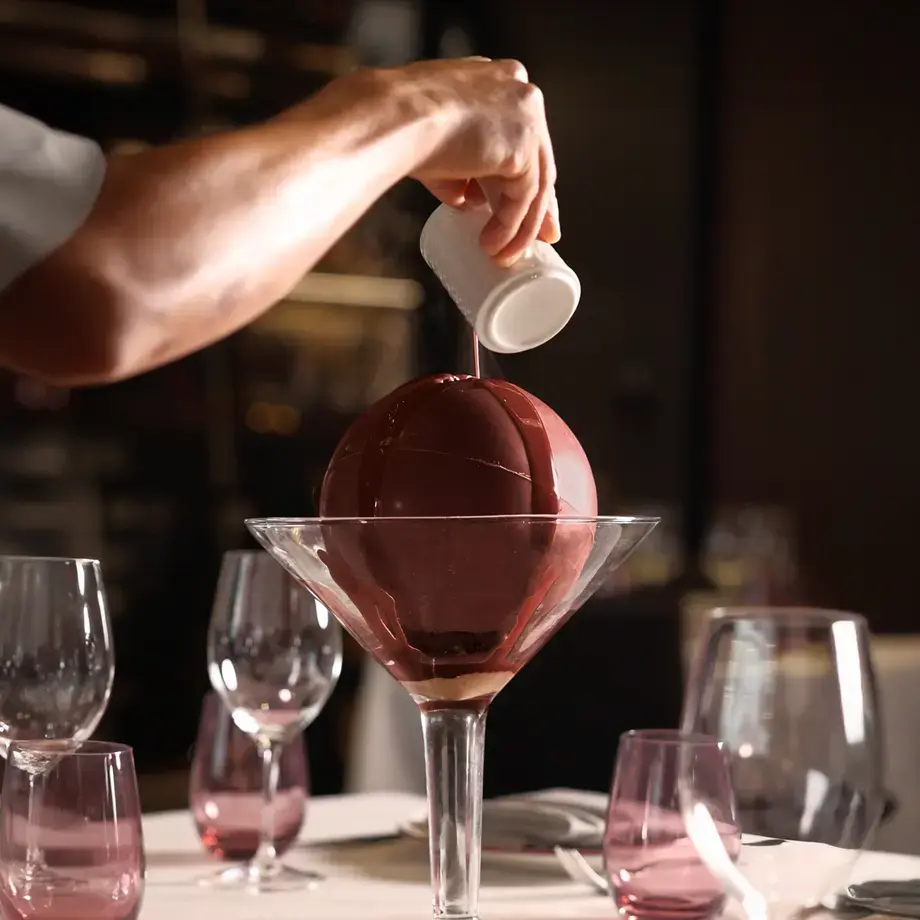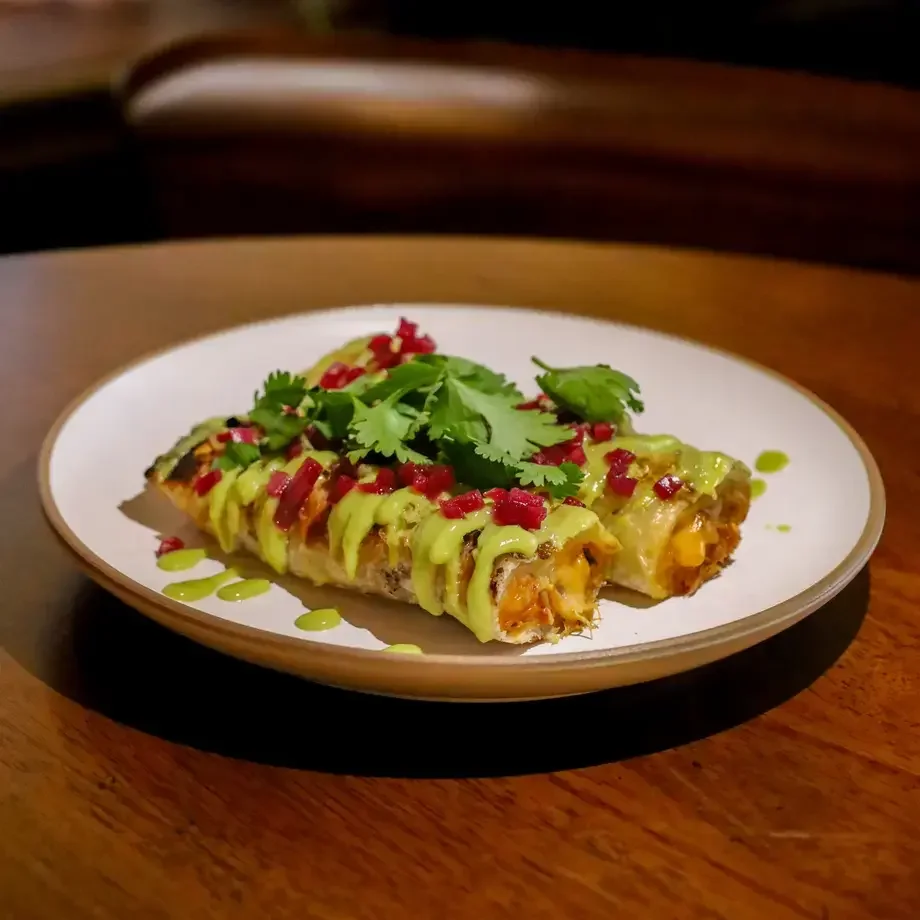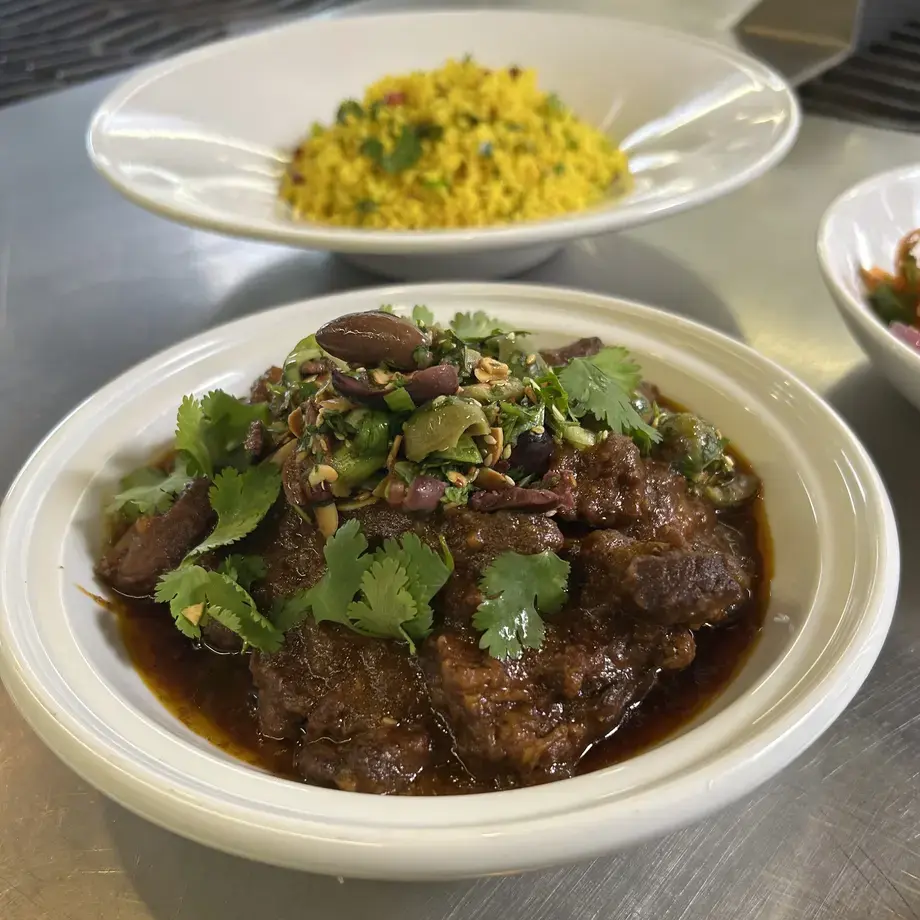Training, Inspiration, and the Future of Kitchen Culture
Although these events stem from an intrinsic desire among chefs to connect, one major benefit for restaurant kitchens is the break from routine—and the invaluable educational opportunities they bring for staff.
“It’s not like restaurant work is necessarily monotonous, but there are periods of it, I think. If you’ve never worked in one, you don't know how many onions get peeled a day,” says Joshua Pinsky. “Doing these things is, A, a break from that, and B, a luxury to have somebody you look up to or admire come and share knowledge,” he says, noting the invaluable teaching component for the kitchen staff. “It's also an excuse to have someone come in to show you a trick, share wisdom, and just talk about food.” He adds that the entire kitchen staff requests to work on these nights.
“Multiple times there’ll be more people who want to work, so we’re like, ‘Okay, I guess we’ll just have more people here that day in some sort of organized fashion,’ because everybody wants to touch a piece of it. Why wouldn’t they?” says Pinsky, who feels fortunate to have cooks at both restaurants eager and hungry to learn—some even choosing to spend their days off training in other kitchens.
That said, he believes the old-school practice of staging in kitchens isn’t happening as much anymore, making these visiting chef dinners all the more valuable for young cooks.
“Doing these things gives our team something to look forward to—something different from the routine tasks they’re asked to perform every day,” says Kato co-owner and sommelier Ryan Bailey, who shares a similar sentiment about the value these events bring to his staff.
“If you do something 40 times in a row, you're going to be really, really good at doing it. That's fine dining,” says Bailey, noting that while such repetition is essential in the industry, this kind of rigid structure can be challenging for some personalities—and that these special nights offer welcome relief.
“I think the real thing is that it's much harder to inspire your staff than to intimidate them,” says Meave McAuliffe, speaking on the topic of an outdated chef culture. “Old chefs have leaned so long on intimidation or discipline and keeping things moving quickly in a high-stress environment. But inspiring your staff, you just get such better work and deeper commitment and stronger connection, too, and so this guest chefs series has been an opportunity also to continue to inspire them.”
As more chefs and restaurants embrace collaborations, these events are transforming far more than just a single night’s service. They’re forging creative partnerships, offering diners rare glimpses into distant kitchens, and sometimes unlocking seats at restaurants or with chefs who might otherwise be impossible to experience. In an industry that has weathered some of its toughest years, these dinners are building connections, fueling curiosity, and giving both chefs and guests new reasons to come to the table. If we’re truly living in a golden era of chef collaborations, it’s one defined not just by buzz or sold-out tables—but by the doors it opens across stoves, cities, and cuisines.


